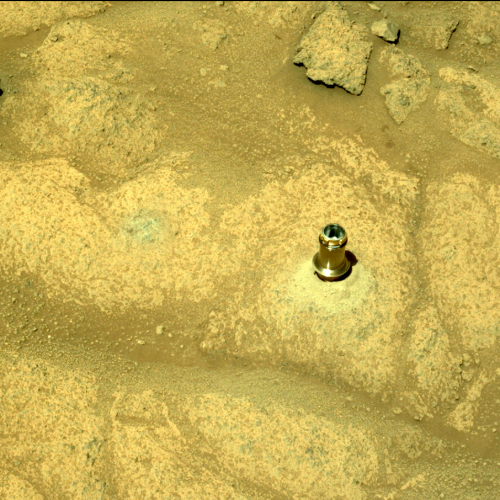FCC tightens rules for giving grants to broadband companies
The FCC under the Biden administration has informed the companies who obtained subsidies to encourage broadband access in rural areas that the money can only be spent in those areas, not on infrastructure improvements in facilities located in regions that already have good internet access.
The Federal Communications Commission told SpaceX and other companies on Monday that the billions in rural broadband subsidies it doled out last year can’t be used in already connected areas like “parking lots and well-served urban areas,” citing complaints. The commission, in an effort to “clean up” its subsidy auction program, offered the companies a chance to rescind their funding requests from areas that already have service.
The companies that got the subsidies must do the work to determine they qualify for the money, wrote Michael Janson, director of the FCC’s Rural Broadband Task Force, in a letter addressed to SpaceX’s finance director David Finlay. Similar letters, first reported by Bloomberg, were sent to other recipients of the commission’s Rural Digital Opportunity Fund, a $9.2 billion auction to expand broadband into rural areas that lack or have no service.
The news reports I’ve seen of this story have all been from the generally leftwing press, and have been written to hammer SpaceX. No matter. This program is rife with corruption and the misuse of taxpayer money. SpaceX doesn’t need the nearly billion dollar subsidy it got, or if it does need the billion, it should get it from private investment. As should all the other companies getting cash in this program.
Sadly, the Biden administration does not appear interested in ending the program. Instead, I get the sense what it really wants to do is send the cash to its own cronies, instead of the cronies favored by the Trump adminstration. Thus, do not be surprised if Blue Origin’s as-yet unbuilt Kuiper constellation starts to be a recipient of funds, even as the money is cut from SpaceX’s Starlink constellation.
The FCC under the Biden administration has informed the companies who obtained subsidies to encourage broadband access in rural areas that the money can only be spent in those areas, not on infrastructure improvements in facilities located in regions that already have good internet access.
The Federal Communications Commission told SpaceX and other companies on Monday that the billions in rural broadband subsidies it doled out last year can’t be used in already connected areas like “parking lots and well-served urban areas,” citing complaints. The commission, in an effort to “clean up” its subsidy auction program, offered the companies a chance to rescind their funding requests from areas that already have service.
The companies that got the subsidies must do the work to determine they qualify for the money, wrote Michael Janson, director of the FCC’s Rural Broadband Task Force, in a letter addressed to SpaceX’s finance director David Finlay. Similar letters, first reported by Bloomberg, were sent to other recipients of the commission’s Rural Digital Opportunity Fund, a $9.2 billion auction to expand broadband into rural areas that lack or have no service.
The news reports I’ve seen of this story have all been from the generally leftwing press, and have been written to hammer SpaceX. No matter. This program is rife with corruption and the misuse of taxpayer money. SpaceX doesn’t need the nearly billion dollar subsidy it got, or if it does need the billion, it should get it from private investment. As should all the other companies getting cash in this program.
Sadly, the Biden administration does not appear interested in ending the program. Instead, I get the sense what it really wants to do is send the cash to its own cronies, instead of the cronies favored by the Trump adminstration. Thus, do not be surprised if Blue Origin’s as-yet unbuilt Kuiper constellation starts to be a recipient of funds, even as the money is cut from SpaceX’s Starlink constellation.














